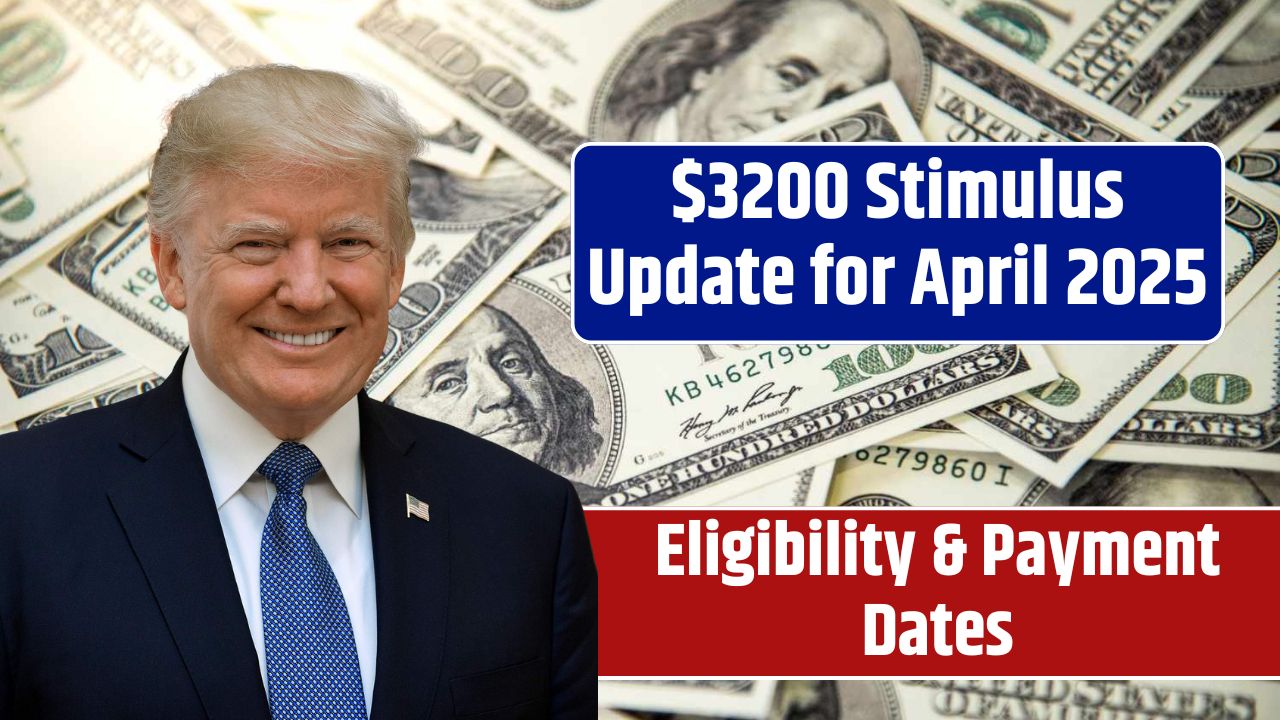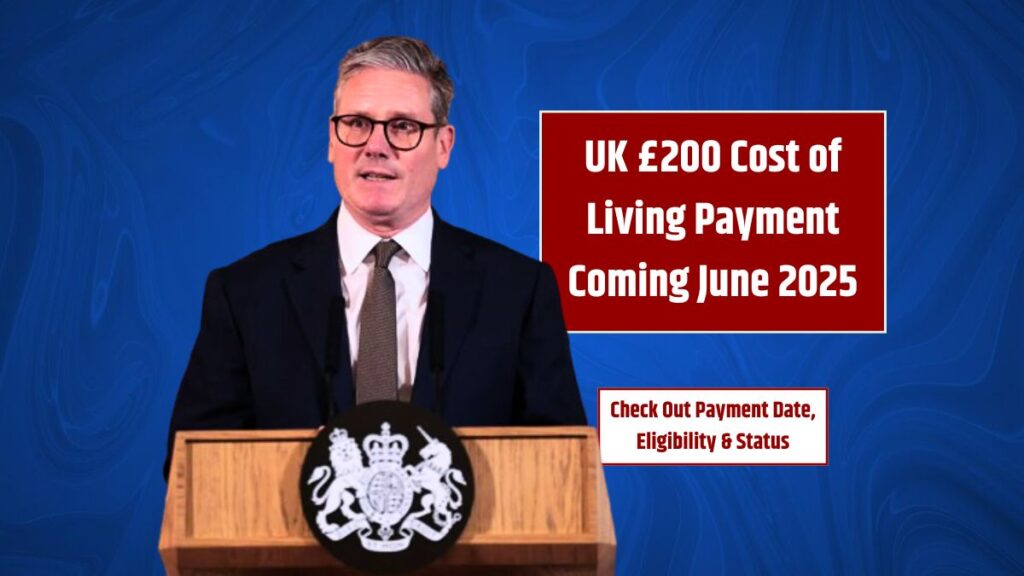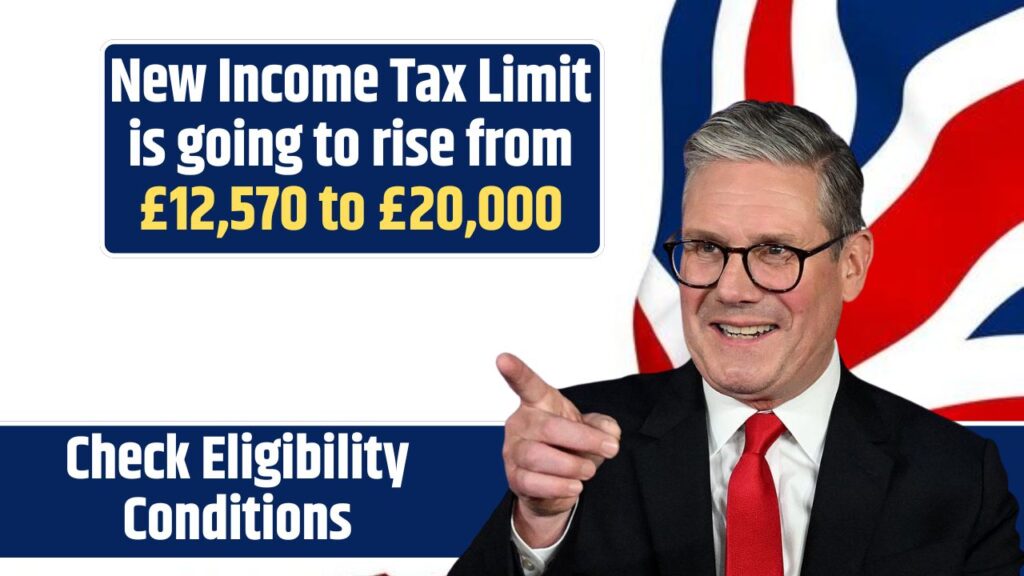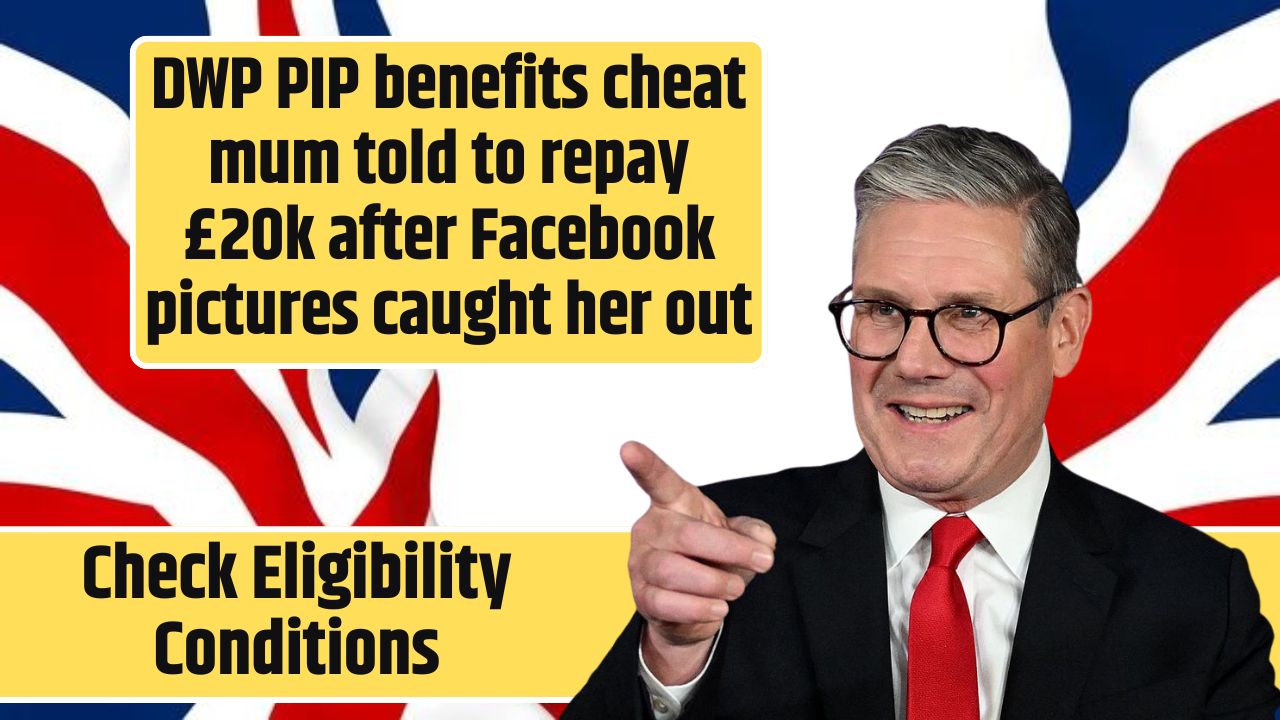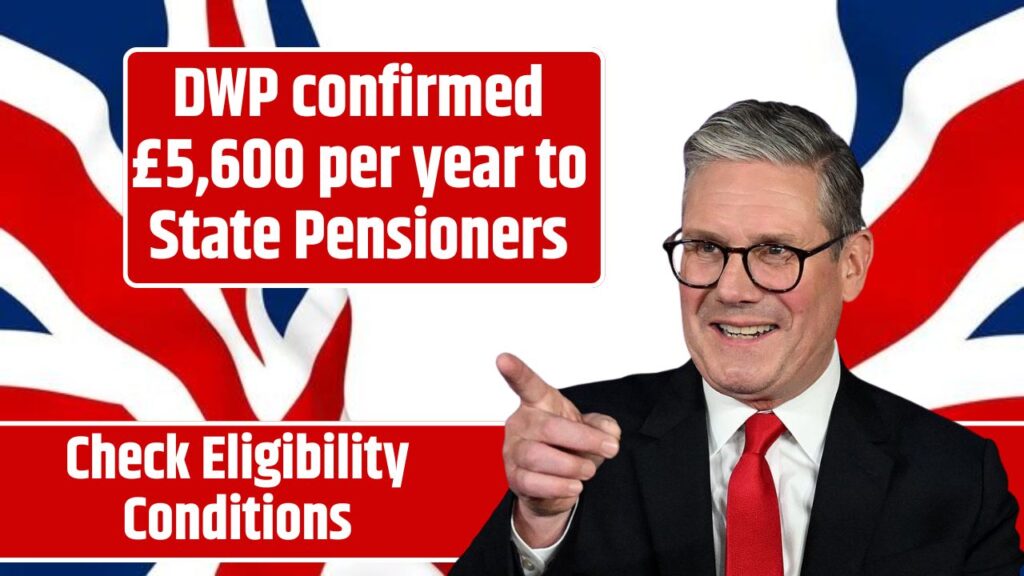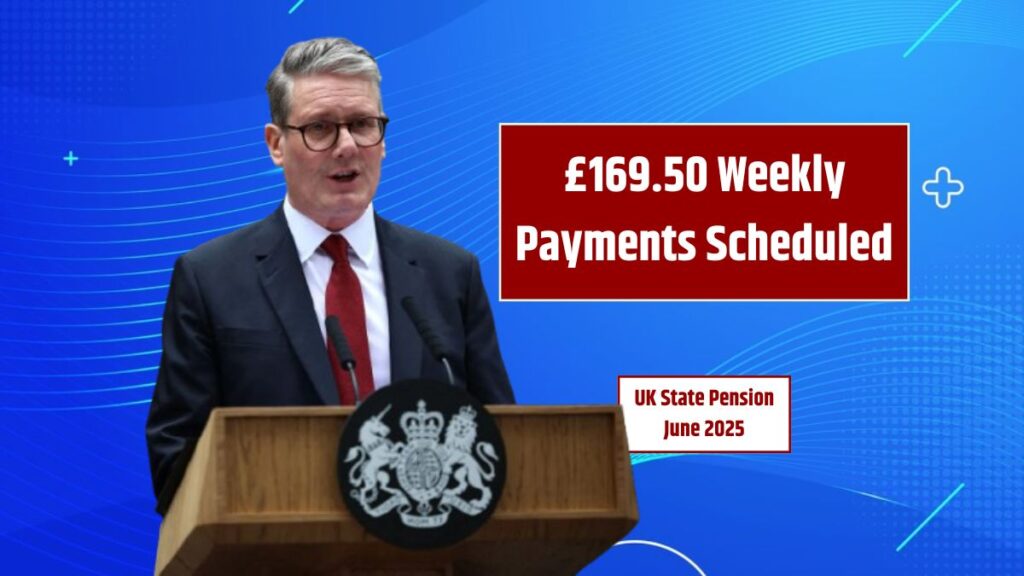With the cost of living continuing to climb, the $3,200 stimulus update for April 2025 is bringing much-needed relief to eligible Americans. Whether in the form of state tax credits, direct checks, or refundable federal assistance, this program is designed to help families cover essential expenses like housing, groceries, and utilities.
Unlike previous federal stimulus checks, the 2025 relief is not a blanket payment for all—it’s state-driven and income-based, meaning eligibility and payment methods vary widely. Here’s a clear breakdown of what the $3,200 stimulus is, who qualifies, how to claim it, and when you can expect it to arrive.
$3,200 Stimulus in April 2025: Key Information
| Detail | Description |
|---|---|
| Amount | Up to $3,200 per household |
| Type | State stimulus/tax credits + possible federal aid |
| Payment Method | Direct deposit, paper check, or tax refund |
| Eligibility | Varies by state, income, residency, and dependents |
| Payment Timing | Early to mid-April 2025 |
| Application Method | Online or by mail (state tax agencies, IRS) |
| Deadline | Typically April 15 (check local deadlines) |
| Official Sites | IRS.gov, state tax portals |
What Is the $3,200 Stimulus and Why Is It Happening?
This 2025 payment isn’t a federal stimulus like those seen during the pandemic. Instead, it’s a combination of:
- State-based financial relief programs (e.g., refundable tax credits or surplus budget payouts)
- Targeted aid for families with dependents
- Federal tax benefits for qualifying filers
- Alaska’s Permanent Fund Dividend (PFD), which contributes the full $3,200 for some residents
The aim? To help households manage rising costs, support economic recovery, and reduce financial strain.
Who Qualifies for the $3,200 Stimulus?
Eligibility isn’t the same across the board. Here are common criteria used by most states:
1. Income Thresholds
- Individuals: Under $75,000 AGI
- Married couples: Under $150,000 AGI
- Heads of household: Under $112,500
Many states offer tiered benefits—you may still qualify for partial aid if your income is above these levels.
2. Residency
- Must be a full-year resident of the state providing the benefit
- Example: Alaska residents must meet strict residency guidelines to receive the PFD
3. Dependents
- Families with children often receive higher payouts
- Some programs are tied to Earned Income Tax Credits (EITC) or Child Tax Credits
4. Tax Filing Status
- You must have filed 2023 or 2024 tax returns
- Refundable credits are often distributed through tax refunds, so filing on time is critical
How to Claim the $3,200 Payment
Step-by-Step Process:
Step 1:
Go to your state’s tax agency website or IRS.gov
Step 2:
Gather necessary documents:
- Social Security number (or ITIN)
- Proof of income (W-2s, 1099s)
- Proof of residency (rental agreement, utility bills)
- Number of dependents
Step 3:
File your state and federal tax returns accurately and before the deadline.
Step 4:
Track your payment:
- IRS: Use “Where’s My Refund?” tool
- State sites: Check refund portals or relief payment trackers
Step 5:
Need help? Call the IRS (1-800-829-1040) or your state revenue department.
Payment Schedule: When Will You Get Paid?
| Program | Estimated Payment Date |
|---|---|
| Alaska PFD | Early April 2025 |
| State Tax Refund Credits | Mid-April 2025 (based on filing date) |
| Federal Refunds | Within 21 days of e-filing |
| Mailed Returns | 4–6 weeks after submission |
Tip: The earlier you file, the faster you’ll likely receive your payment.
Examples of State-Level Stimulus in 2025
- Alaska: PFD payments estimated at $3,200 per eligible resident
- Colorado: Refundable family tax credit up to $3,200 for low-income households
- California: Targeted stimulus checks of up to $1,500 per taxpayer depending on dependents and income
- New Mexico & Maine: Continued rebate programs for qualifying low-income filers
Missed the Deadline? Here’s What to Do
If you missed a state or federal deadline:
- File late: You may still be eligible for partial refunds or retroactive credits
- Amend previous returns if your eligibility status changed (e.g., new dependent, lost income)
- Contact your state to ask about grace periods or special provisions
FAQs
Q1: Is this a federal stimulus check?
Not exactly. This is a mix of state programs and tax credits, not a nationwide federal payment like the COVID-era checks.
Q2: What if I moved recently?
You’ll need to meet residency requirements for your current state. Your new state’s eligibility rules will apply.
Q3: Can I still get the payment if I don’t file taxes?
Usually not. Most of these programs require filing a tax return to claim benefits.
Q4: Is the stimulus taxable?
Most state payments and tax credits are not taxable, but check your local rules. Federal refunds are also typically non-taxable.
Q5: How can I check my payment status?
Visit IRS.gov or your state’s tax portal to track payments and filing status.

